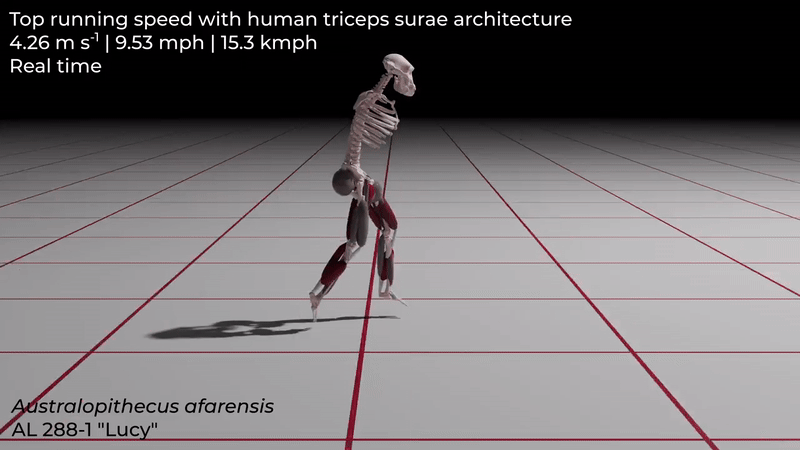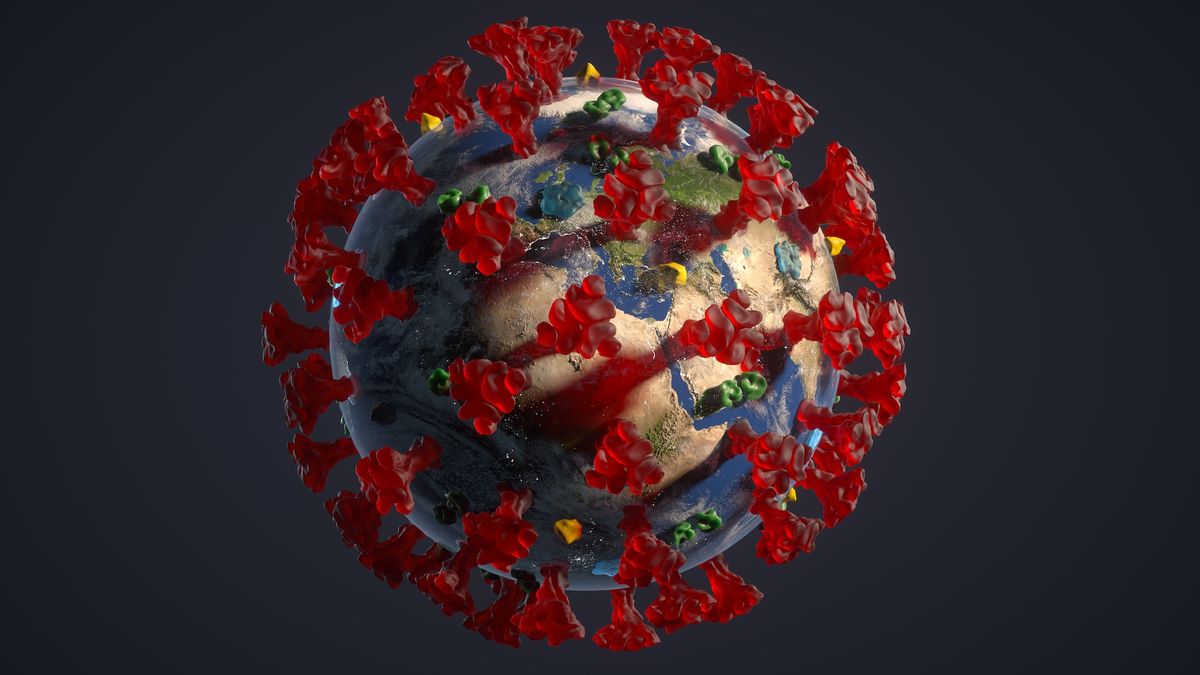The first black hole ever photographed is still surprising researchers. Immortalized by the Event Horizon Telescope in 2019, M87* , was recently spotted emitting a massive gamma-ray flare. Studying it may help scientists figure out how particles behave near black holes.
Matter falling toward a black hole forms an accretion disk — a hot, swirling ring of particles that appears like a bright halo. This is actually the part of the black hole that scientists capture on camera. The infalling matter accelerates due to the black hole’s gravity, becoming very energetic. Occasionally, some of the material runs into an irregularity in the magnetic field around the black hole and is ejected into the cosmos in a luminous gamma-ray flare.
Researchers know that somewhere in this process, the particles gain an enormous amount of energy — but they aren’t sure exactly when it happens.
The gamma-ray flare emitted by M87*, which lies 55 million light-years away at the heart of the galaxy M87, contained photons, or packets of light, that each had several teraelectronvolts of energy — about the equivalent of a flying mosquito. That’s a mind-boggling amount of energy for such tiny particles. “They’re traveling near the speed of light, and we want to understand where and how they gain such energy,” study co-author Weidong Jin, an astronomer at the University of California, Los Angeles, said in a statement.
To try and find out more, Jin and his colleagues collected data from M87* using the Very Energetic Radiation Imaging Telescope Array System (VERITAS) in Arizona. Then, they analyzed it using a technique called spectral energy distribution. “It’s like breaking the light into a rainbow and measuring how much energy is present in each color,” Jin said.
This helped establish the staggering amount of energy packed into the black hole’s nearly 15 billion-mile-long (24 billion kilometers) flare. Further analysis revealed that the accretion disk changed position relative to the jet, suggesting that the event horizon — the boundary at which matter can no longer escape the black hole’s gravity — influences the flare’s size and trajectory.
Future research into gamma-ray flares may help uncover when and how black holes impart so much energy to the particles surrounding them.















